![]()
Photographer Sue Kwon has photographed some of the biggest names in hip-hop and was around when the nascent genre was beginning to mature into the juggernaut it is today.
Kwon began her career in the late 1980s and early 1990s, initially working as a photojournalist for the Village Voice in New York City and then for other notable publications such as The Source and Vibe. She has taken portraits of Biggie Smalls, the Wu-Tang Clan, Jay Z, Eminem, and many other rap artists.
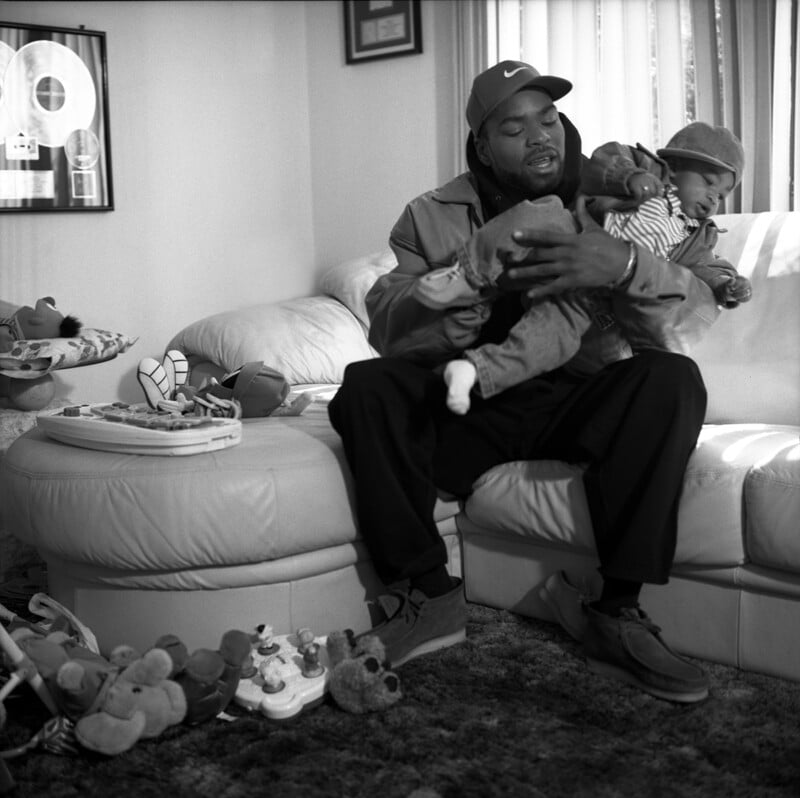
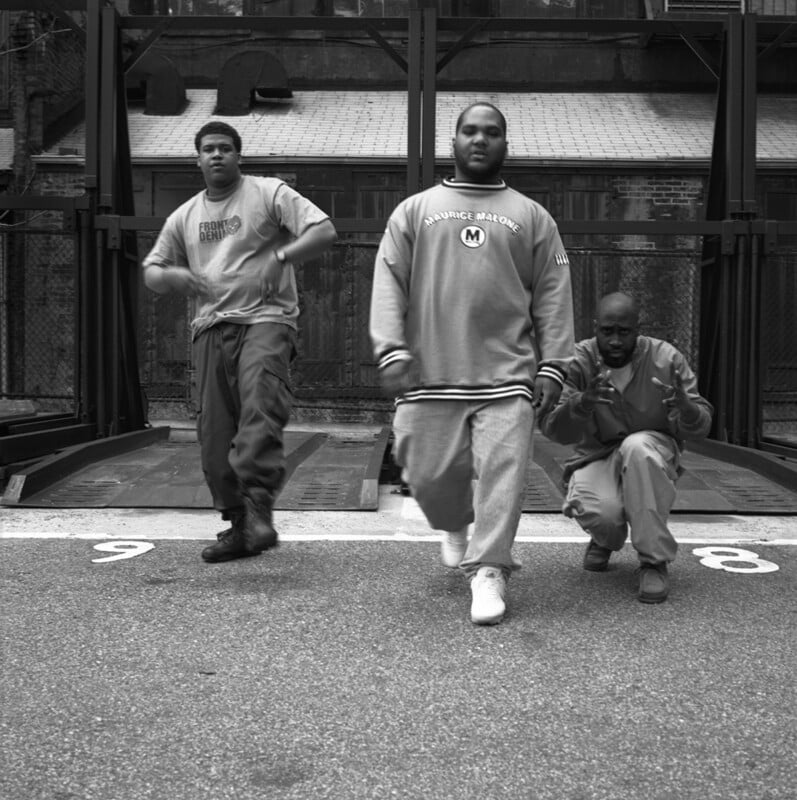
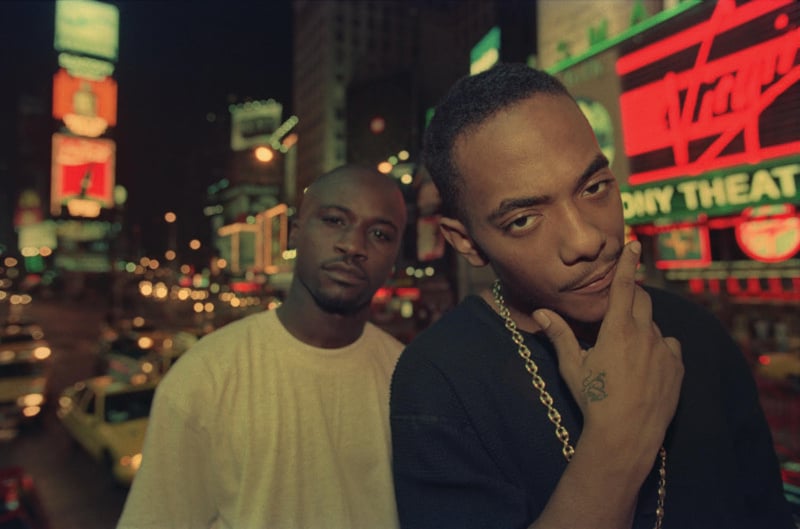
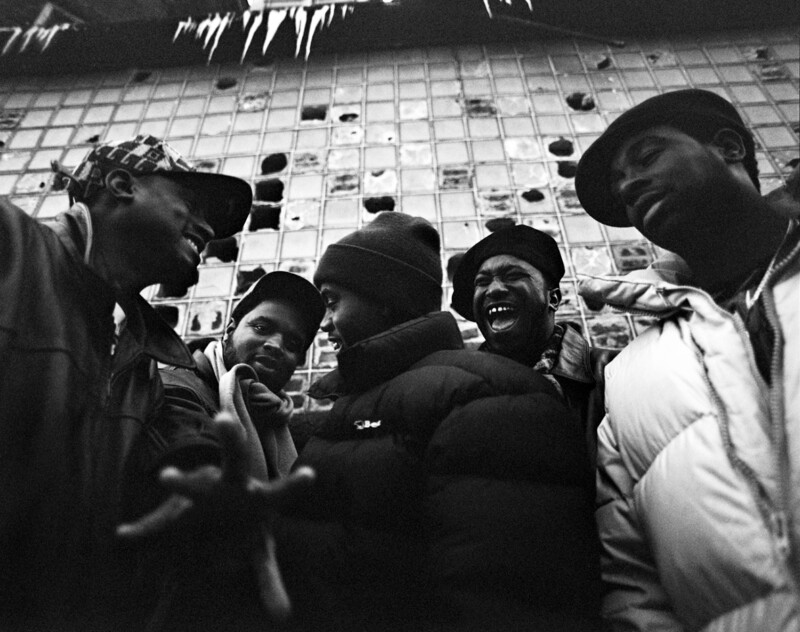
Her book, Rap is Risen, showcases some 300 photographs documenting rap as it was exploding with a combination of incisive portraits and unposed, spontaneous images that capture the energy of these ascendant artists and New York itself.
Kwon told Harpers Bazaar last year that after studying photography at New York University she wanted to become a war photographer but after becoming a mother decided on documenting the city’s burgeoning rap scene.
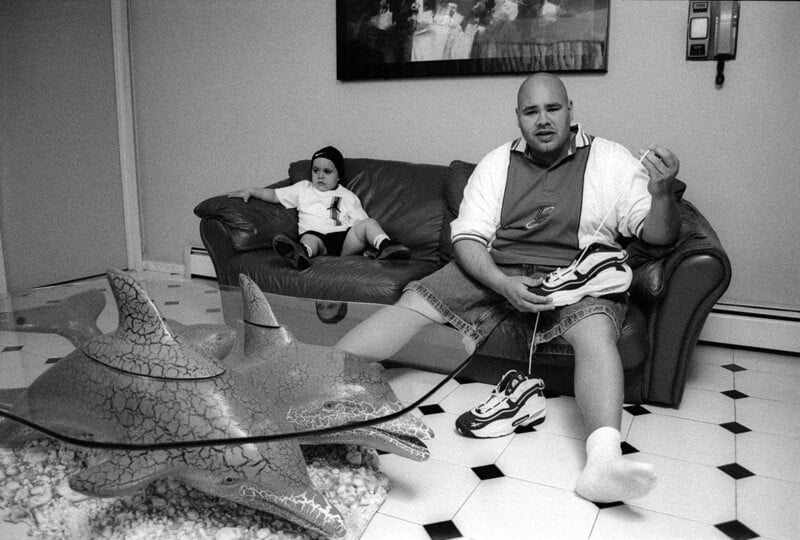
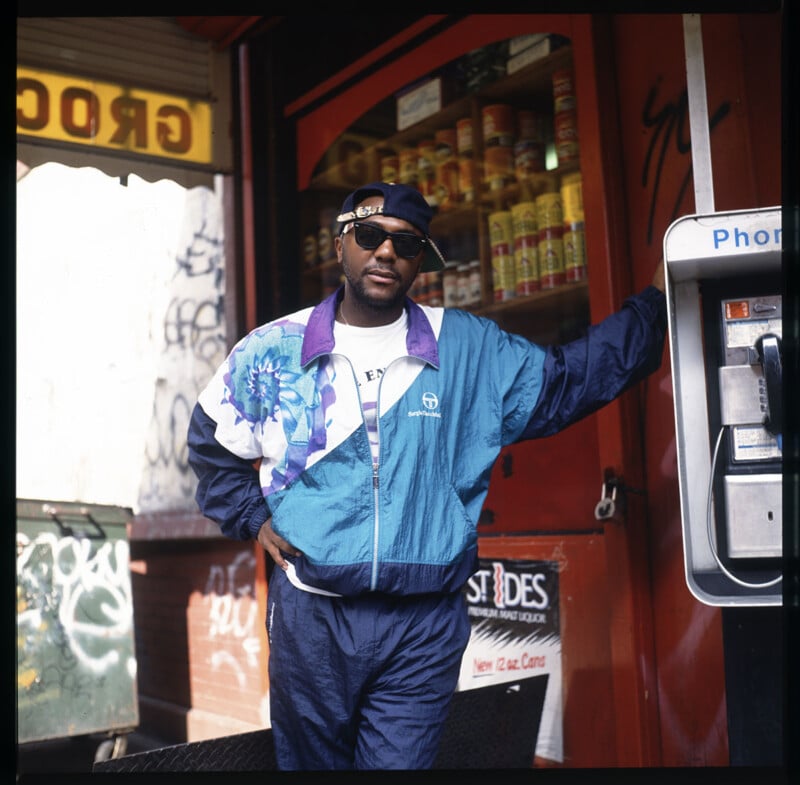
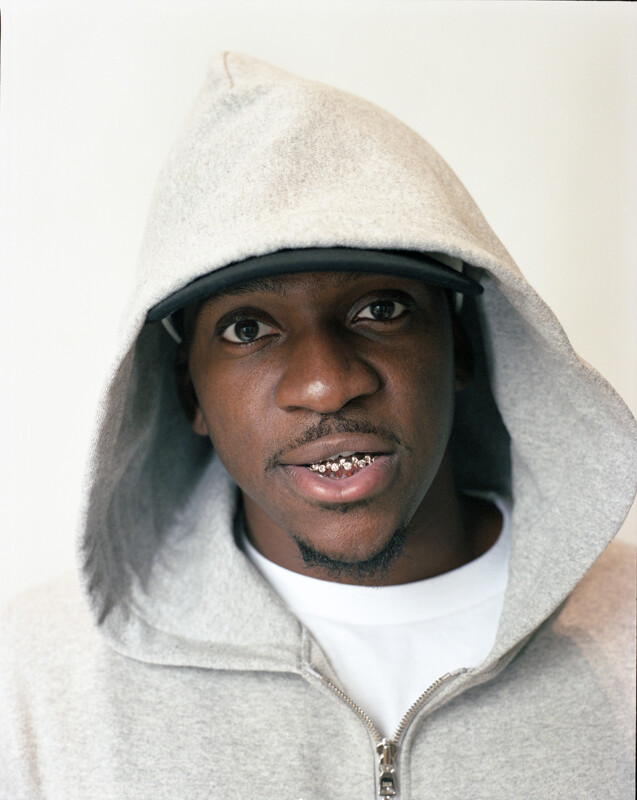
Kwon often took light-hearted photos of rappers but some would become more eerie such as a photo of Biggie Smalls, a.k.a. the Notorious B.I.G., just 11 days before he was murdered in 1997.
“Nobody knew hip-hop would become what it is today,” she says. “I’m just grateful that I was there.”
“I loved the music,” Kwon continues. “I would go to DJ seminars and different events for fun. And I always had a camera because I was obsessed with just documenting. I wanted to stop time. I don’t know why.”
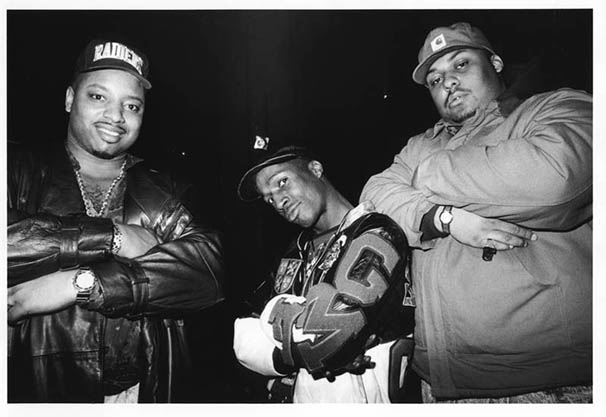
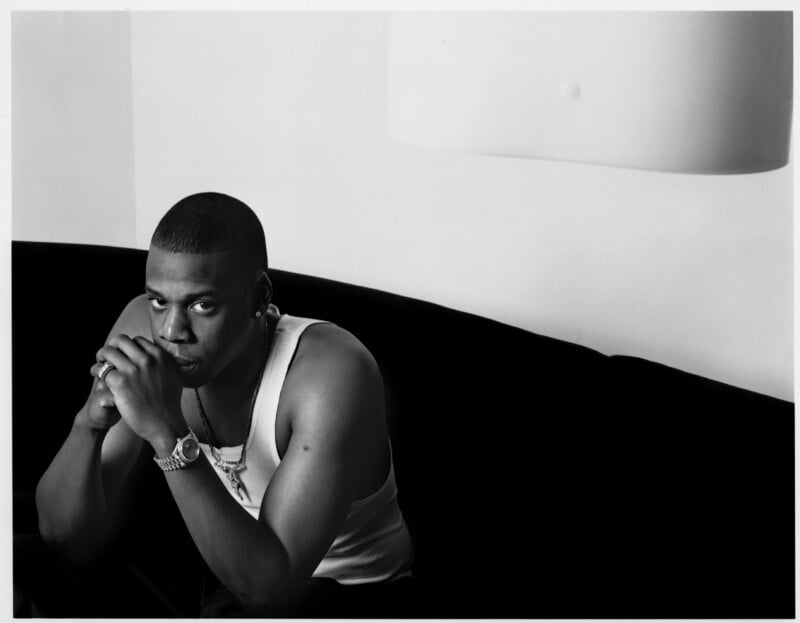

“Maybe Freud or some therapist might have something to say about that. But it’s a good thing for me that I did,” Kwon said.
“I just remember always having a backpack with my Rolleiflex and a light meter. We all had our little side hustles, and we were just trying to survive, right? But of course, it was exciting. I mean, I can’t deny that. I was like, ‘I’m listening to their music and loving it, and then I get to shoot and work with them?’ I was excited.”
Sue Kwon: RAP IS RISEN is available via Testify Books.
Image credits: Photographs by Sue Kwon.
